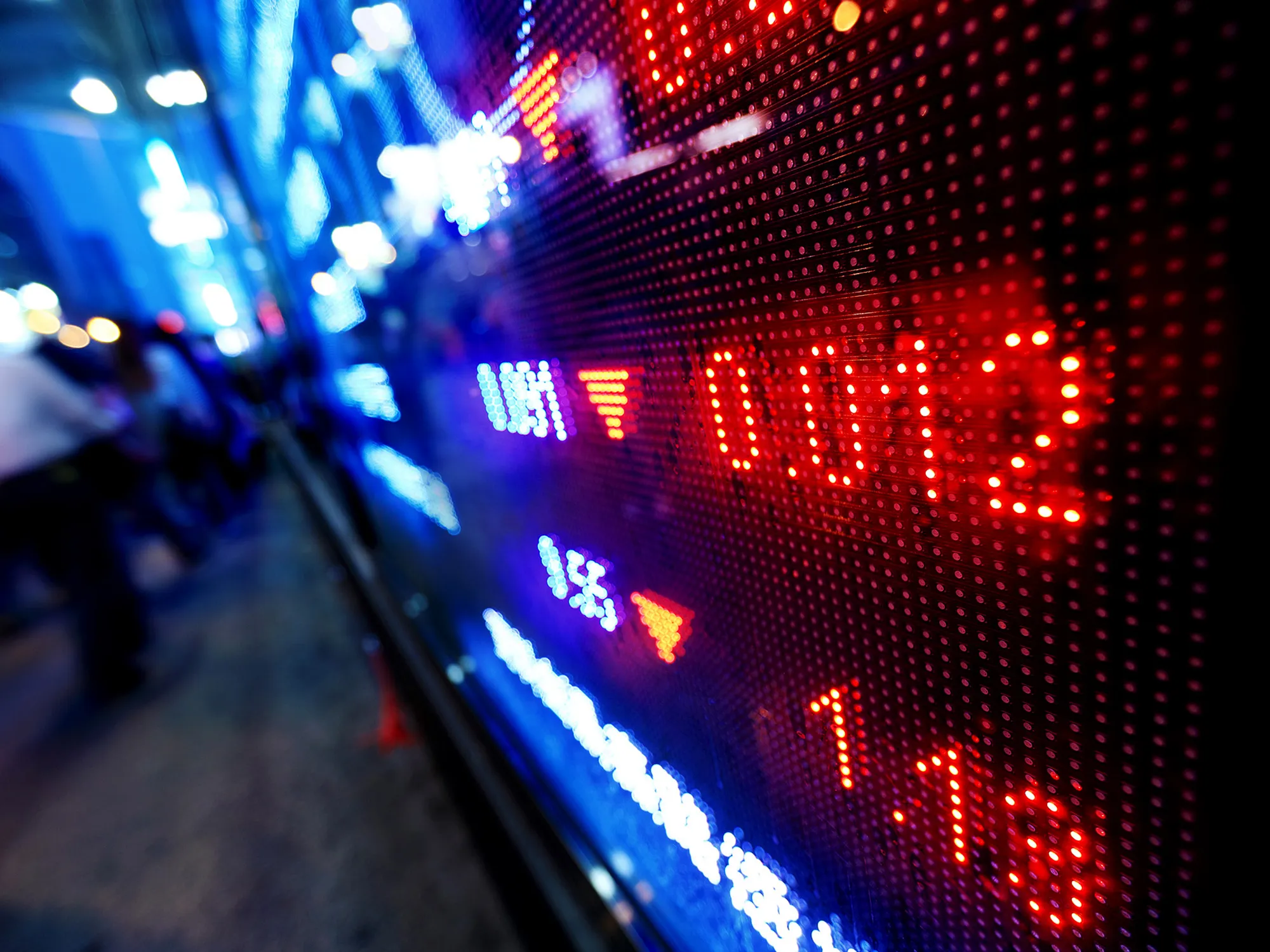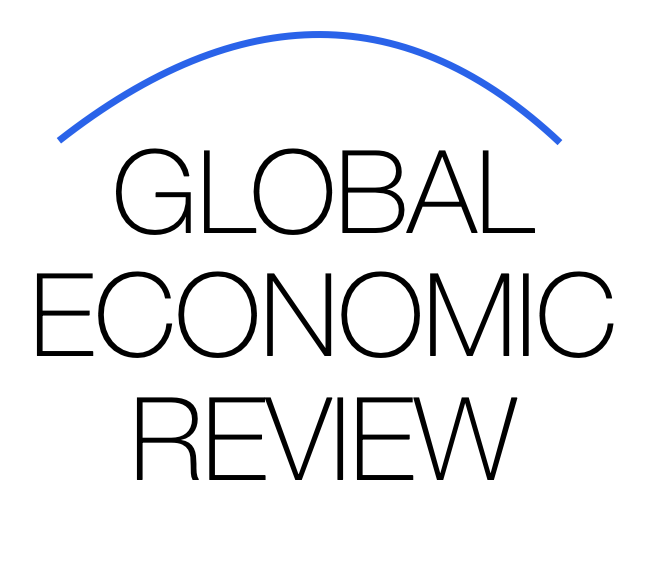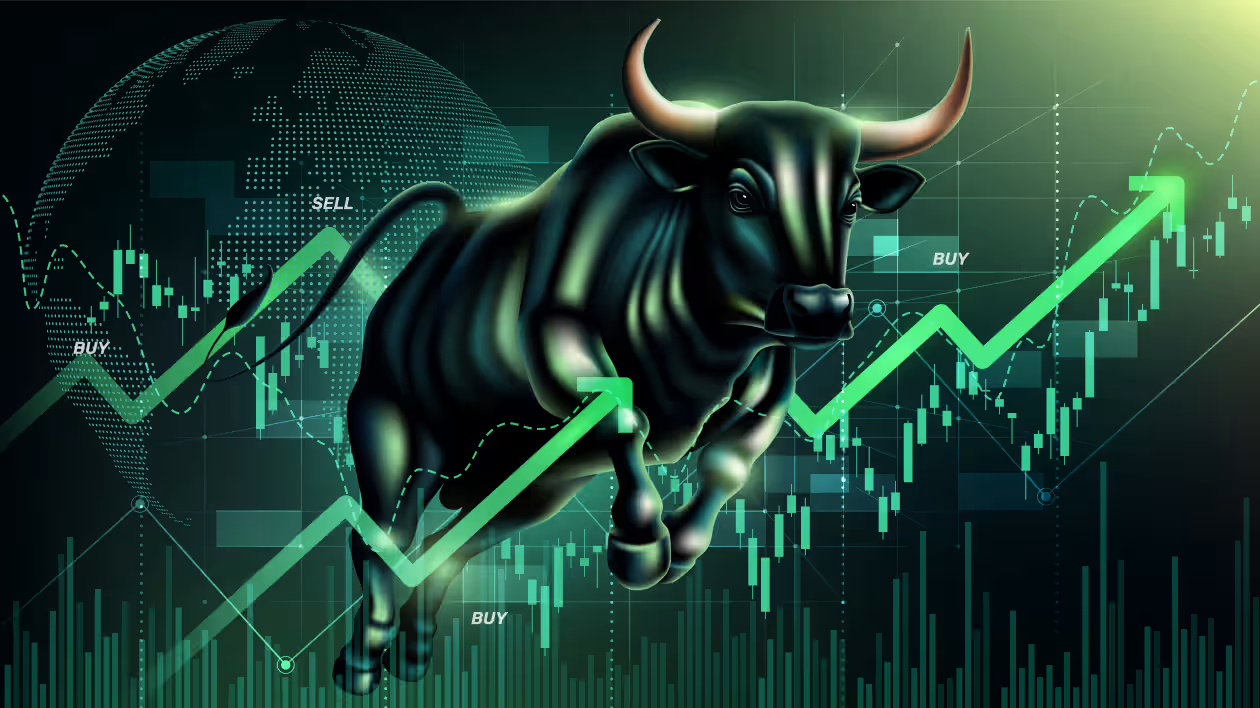Is 2026 the Final Year of Extreme Greed and Profitability Before a Major Market Correction?

As markets continue to surge in 2025, driven by strong earnings, AI-driven innovation, and monetary policy stability, a looming question is surfacing among institutional investors and strategists: Could 2026 mark the peak of this bull cycle—and the last year of extreme profitability before a major market correction or crash?
The Current Climate: A Late-Stage Bull Market
Markets are enjoying one of the strongest multi-year rallies in recent history. With the S&P 500, Nasdaq, and Dow Jones all at or near historic highs, and corporate profitability growing at a healthy pace, optimism dominates. Key drivers include:
- AI-fueled productivity gains
- Record-breaking corporate buybacks
- Retail investor resurgence via digital platforms
- Stabilizing inflation and dovish central bank tone
But this late-cycle exuberance also echoes historical patterns that have preceded corrections.
Historical Parallels: Boom Before Bust
Looking back at similar market cycles—from the dot-com bubble in 1999–2000 to the housing-led rally in 2006–2007—the final year of the bull run often witnesses the most aggressive gains, fueled by:
- Speculative behavior
- Overleveraging by institutions and retail investors
- Valuation detachment from underlying fundamentals
If history rhymes, 2026 could be that euphoric final year—where greed overtakes caution, and markets price in more than they can realistically deliver.
Warning Signs to Watch
Analysts and macroeconomic observers are beginning to flag signs of potential instability:
- Equity Valuations Are Stretching: P/E ratios are now significantly above long-term averages, especially in tech and growth sectors.
- Corporate Debt is Rising: Companies are taking on more debt to fund buybacks and dividends, risking long-term balance sheet health.
- Central Banks May Tighten in 2027: Current dovish policies could reverse if inflation reaccelerates or wage pressures build.
- Geopolitical Fragility: Continued tension in the Middle East, a volatile U.S. election cycle, and uncertainty in China could all act as external shocks.
Could the Crash Come in 2027?
Some analysts forecast a macro reset between late 2026 and mid-2027, triggered by:
- Policy tightening (e.g., interest rate hikes, liquidity withdrawal)
- Corporate earnings compression
- Sharp revaluation of overbought sectors like AI and speculative tech
The result? A possible 20–30% correction across major indices and a wave of capital flight from risk-on assets into bonds, cash, and commodities.
What Should Investors Do Now?
While 2026 could still offer strong returns, prudent investors should:
- Gradually rotate into defensive sectors (e.g., healthcare, utilities, consumer staples)
- Increase liquidity in portfolios to prepare for buying opportunities post-correction
- Avoid overexposure to momentum trades with stretched multiples
- Monitor macro indicators such as yield curve inversion, credit spreads, and central bank guidance
Conclusion: A Year of Opportunity — and Caution
2026 may well be the final year of peak profitability and speculative fervor before global markets face a reality check. While the upside potential is still present, the risk-reward balance is tightening. Smart capital in 2026 will be forward-looking, not reactive.
Extreme greed rarely ends quietly — and markets never crash when everyone expects them to. But when confidence becomes unchecked, history often finds a way to restore balance.
















